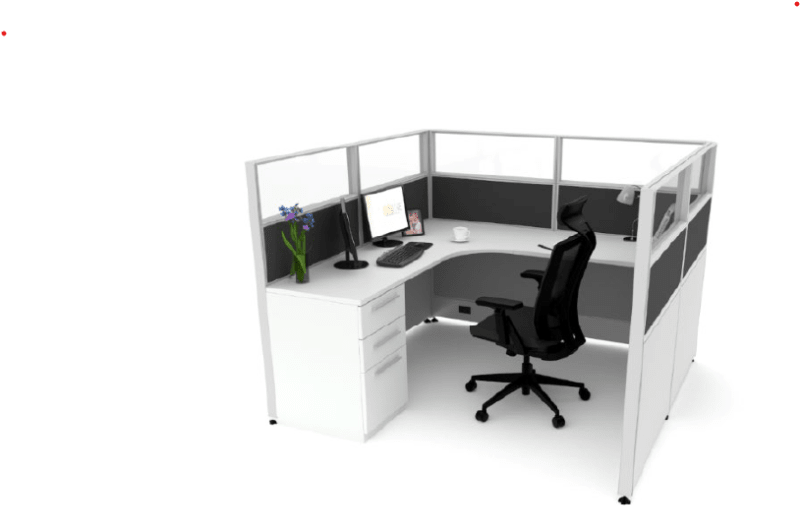Rodger Furey
Mechanical
- Jun 6, 2023
- 13
My company is going to renovate the engineering office (12 people) with new cubicles.
Currently, we have solid 61" high cubicles from the 1970s (at least, that's what they look like)
Engineers tend to recluse themselves in their hide-aways, which doesn't help with communication and collaboration.
The question is - high, mid or low cubicles?
Most of the engineers would prefer high, but that doesn't change anything. We're just updating the furniture.
The engineering manager (me) would prefer mid or low.
Any thoughts on the pros and cons of each configuration? (see attached file for some graphics)
Currently, we have solid 61" high cubicles from the 1970s (at least, that's what they look like)
Engineers tend to recluse themselves in their hide-aways, which doesn't help with communication and collaboration.
The question is - high, mid or low cubicles?
Most of the engineers would prefer high, but that doesn't change anything. We're just updating the furniture.
The engineering manager (me) would prefer mid or low.
Any thoughts on the pros and cons of each configuration? (see attached file for some graphics)


![[bigsmile] [bigsmile] [bigsmile]](/data/assets/smilies/bigsmile.gif) . The cynic in me also thinks they're really good at communicating to your employees "I don't trust you to actually do your work if given a shred of privacy, so I need to be able to monitor you at all times." Maybe your employees aren't as cynical as I am though.
. The cynic in me also thinks they're really good at communicating to your employees "I don't trust you to actually do your work if given a shred of privacy, so I need to be able to monitor you at all times." Maybe your employees aren't as cynical as I am though.